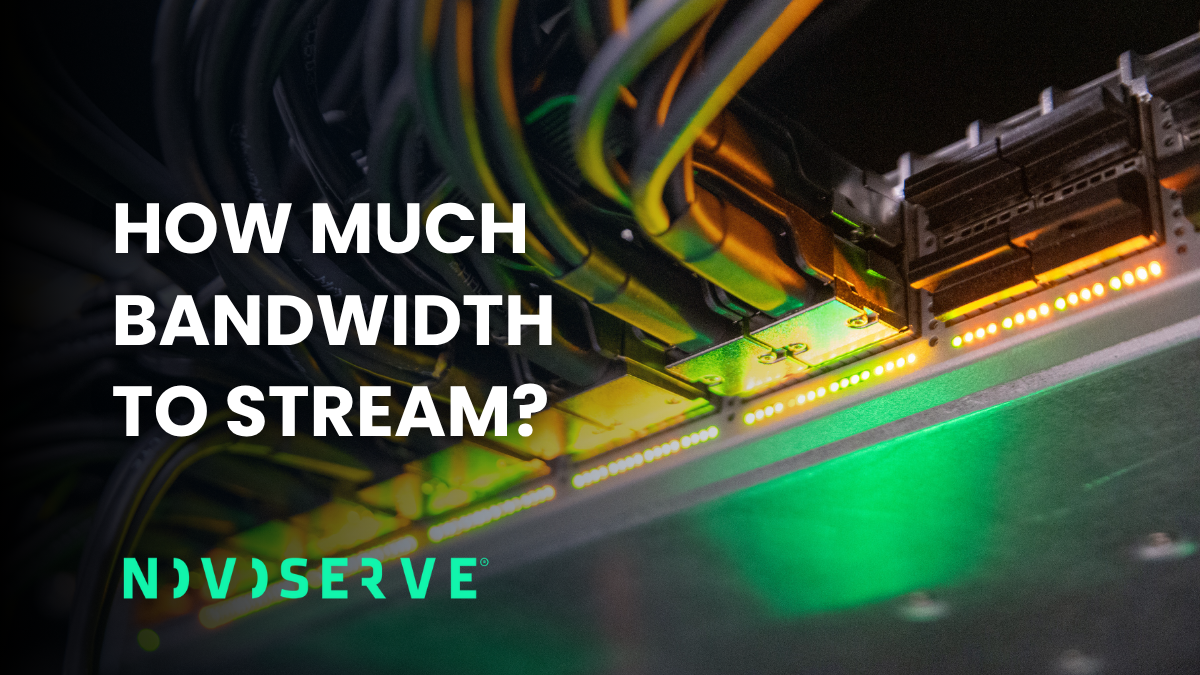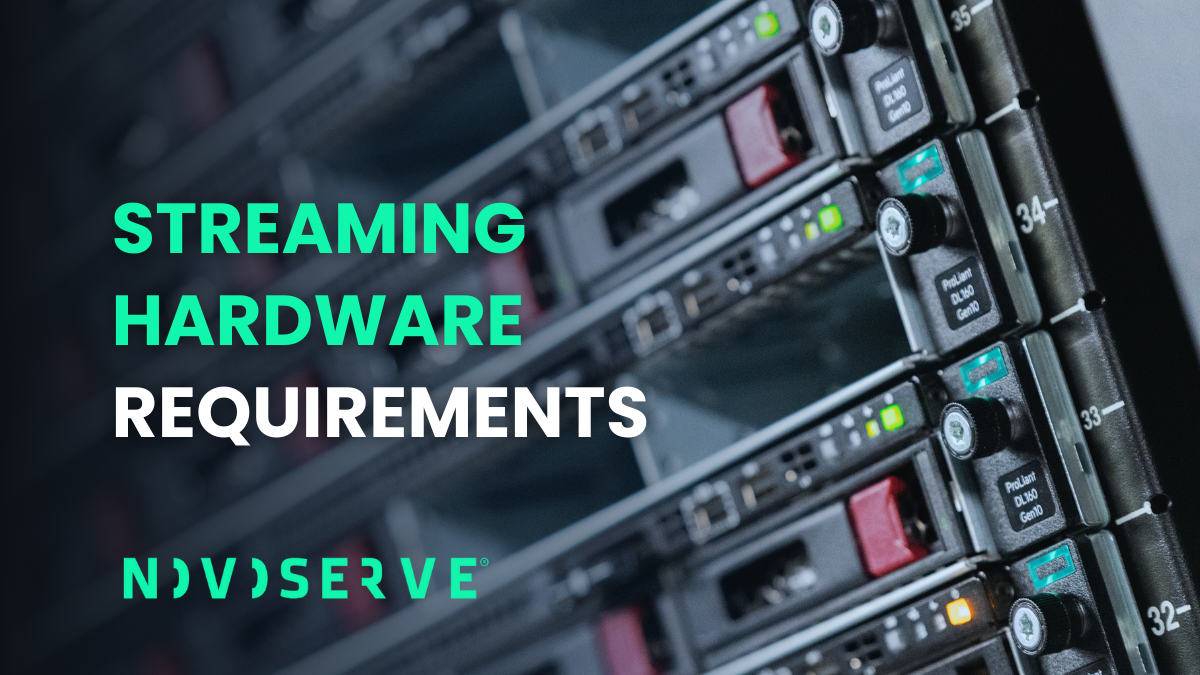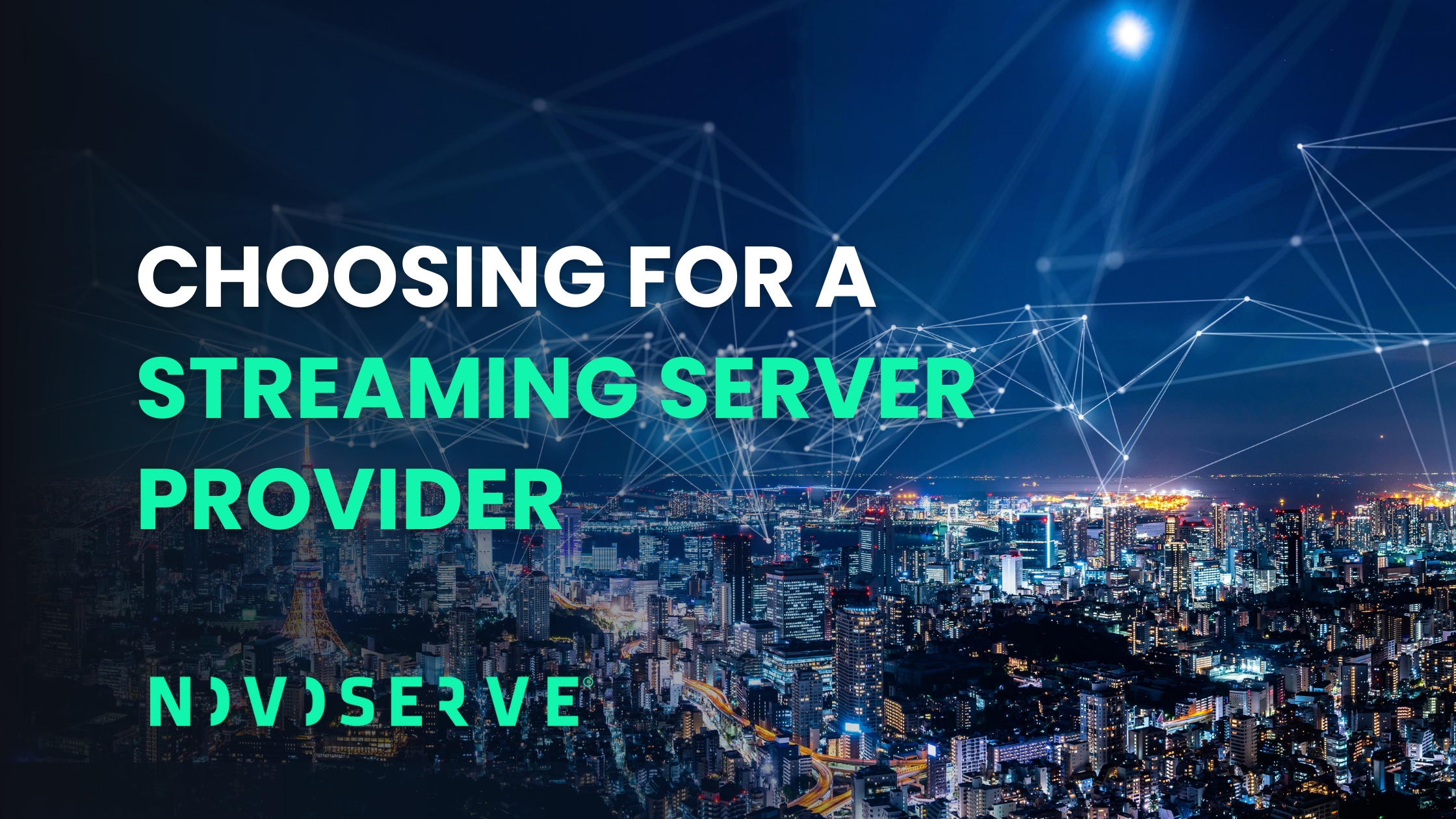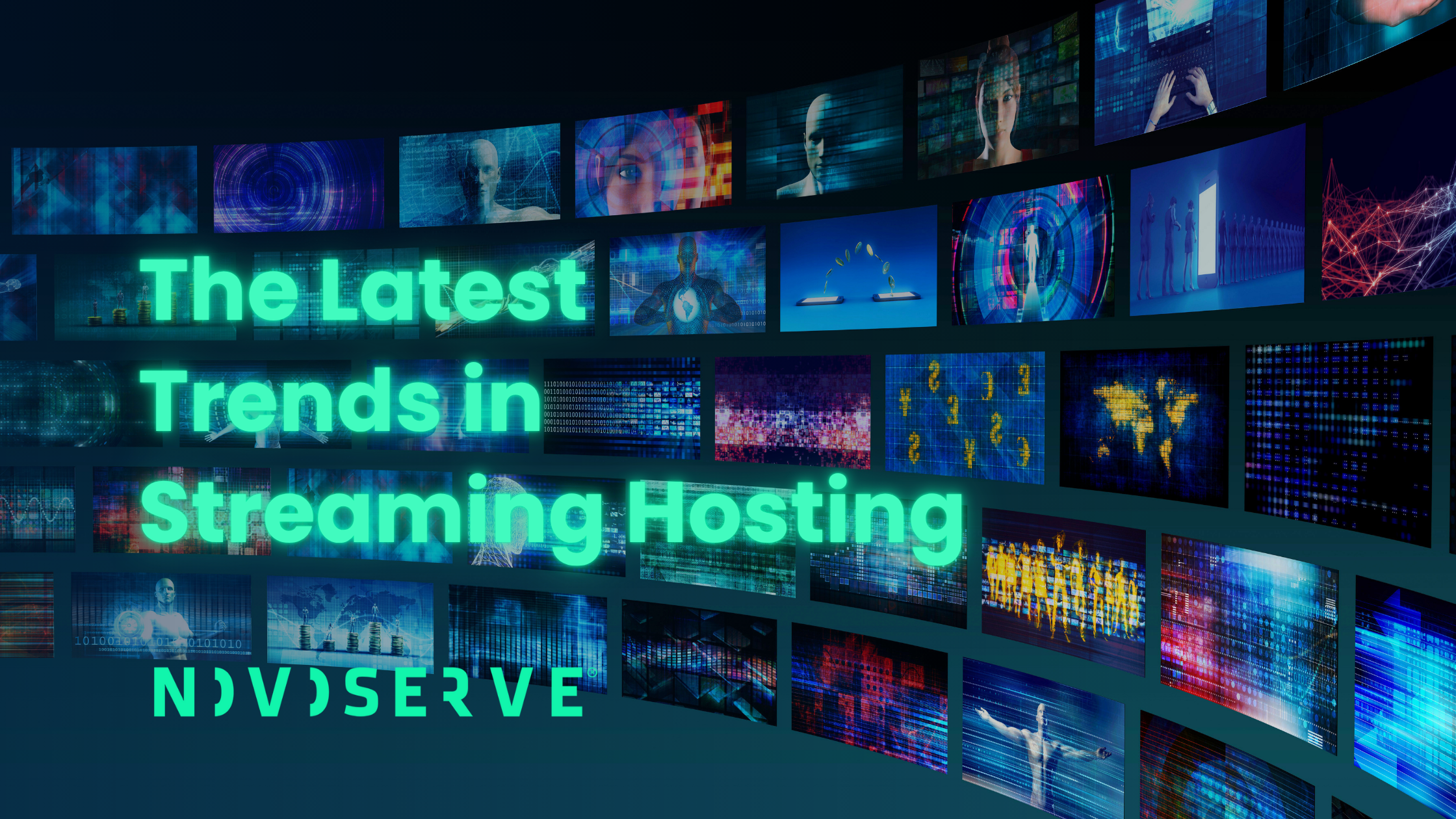Answering this incorrectly is the difference between a flawless user experience and a platform-killing cascade of buffering complaints. Under-provision of bandwidth, and your streaming service dies under its own success. Over-provision of bandwidth, and you burn cash on idle capacity. We have prepared a framework to accurately calculate your bandwidth needs, plan for real-world network behaviour, and architect a solution that is both resilient and cost-effective.
Estimate your bandwidth
At its most basic level, the formula for calculating your required bandwidth is straightforward:
[Number of Concurrent Users] x [Bitrate per Stream] = Total Required Bandwidth
The key is to use realistic numbers for your bitrate. While this varies by codec and compression, here is a simple reference table for common streaming qualities:
|
Quality |
Typical Bitrate (per stream) |
|
Standard Definition (480p) |
1.5 - 3 Mbps |
|
High Definition (1080p) |
5 - 10 Mbps |
|
Ultra High Definition (4K) |
15 - 25 Mbps |
So, if you expect 1,000 concurrent users watching a high-quality 1080p stream at 8 Mbps, your baseline requirement is 1,000 x 8 Mbps = 8,000 Mbps, or 8 Gbps.
But as any network engineer knows, the real world is never this simple.
Beyond the basics
The simple calculation gives you a baseline, but a professional streaming architecture must account for the unpredictable nature of internet traffic and the physical limitations of hardware. This is where our Product Manager, Sjoerd Van Groning, provides his insights with a streaming use case.
Let's use a more demanding scenario: 2,000 concurrent users watching a 20Mbps stream.
The burst factor
A direct calculation shows you need 2,000 x 20 Mbps = 40,000 Mbps, or 40Gbps of total bandwidth. However, network traffic is "bursty." It doesn't flow at a constant, even rate. To prevent packet drops and quality degradation during these short, high-intensity bursts, you need headroom.
We advise a minimum of 10% additional bandwidth. For a 40Gbps requirement, your real target should be approximately 44-48Gbps to ensure a flawless user experience.
Single server vs. multi-server cluster
Delivering 44Gbps from a single server is technically possible with a 50Gbps port, but it introduces a massive single point of failure. A hardware issue, a faulty NIC, or a power supply failure could take your entire platform offline instantly.
The superior architectural choice is to distribute the load across a resilient cluster of multiple servers. For a 44Gbps requirement, common configurations include:
- Five 10Gbps servers: A highly resilient setup that allows for easy scaling.
- Three 20Gbps servers: A balanced approach offering high capacity per node.
This multi-server strategy not only provides high availability but also makes it far easier to scale your capacity incrementally as your user base grows.
Optimizing cost with aggregated bandwidth
Here's the problem: if you have five 10Gbps servers, do you need to pay for 50Gbps of capacity? For most providers, the answer is yes. But this is incredibly inefficient.
An excellent and far more cost-effective solution is aggregated bandwidth (also known as bandwidth pooling). Instead of buying a separate bandwidth package for each server, you purchase a single pool for your entire cluster.
For example, you could deploy six servers, each with a 10Gbps port, giving every machine the ability to burst to its full capacity. However, you would only purchase a total bandwidth package of 40Gbps based on your actual, sustained 95th percentile usage across all servers.
This model provides the best of both worlds:
- Peak Performance: Every server can handle traffic bursts up to its physical port speed.
- Cost Efficiency: You pay for the bandwidth you actually use, not for idle capacity, dramatically lowering your Total Cost of Ownership (TCO).

Raw bandwidth isn’t enough
How much bandwidth to stream is only half the question. The other half is: how good is that bandwidth? For streaming, network quality is paramount. Viewers don't wait for a buffer; they switch to a competitor.
- Packet Loss is the Enemy: Most streaming is done over UDP, which does not re-transmit lost packets. Even minor packet loss can cause stuttering, artifacts, and a terrible viewing experience.
- "Fair Use" is a Red Flag: Some providers offer "unmetered" plans with hidden fair use policies that throttle your connection after a certain threshold. For a serious streaming business, this is a non-starter. You need truly unmetered traffic that allows you to use your full port speed, 24/7.
- A Premium Network Matters: At NovoServe, our 16+ Tbps global network is built on a foundation of 10+ Tier-1 transit providers and over 800 peering partners. This allows our automated systems to choose the optimal, lowest-latency route for your traffic, minimizing packet loss and ensuring your streams reach your global audience with the highest possible quality.
Parnter for global streaming infrastructure
So, how much bandwidth does streaming use? It’s a strategic process of planning for bursts, architecting for resilience, optimizing for cost, and choosing a provider whose network is built for the demands of modern media.
At NovoServe, we specialize in building the high-performance bare metal and network infrastructure that powers the world's leading streaming platforms, CDNs, and broadcasters.
Are you streaming to a global audience? Let our experts help you design the optimal server structure and bandwidth plan. Plan a complimentary consultancy talk today.



